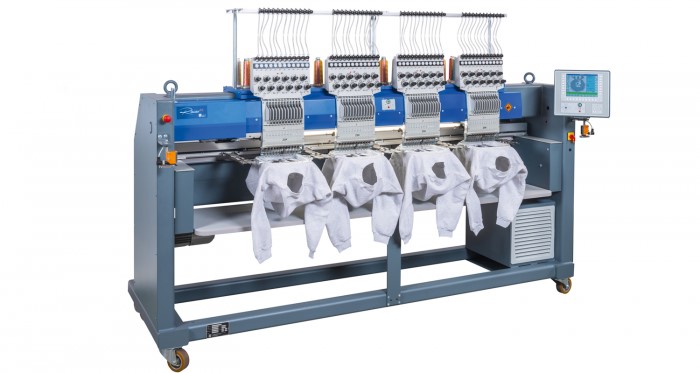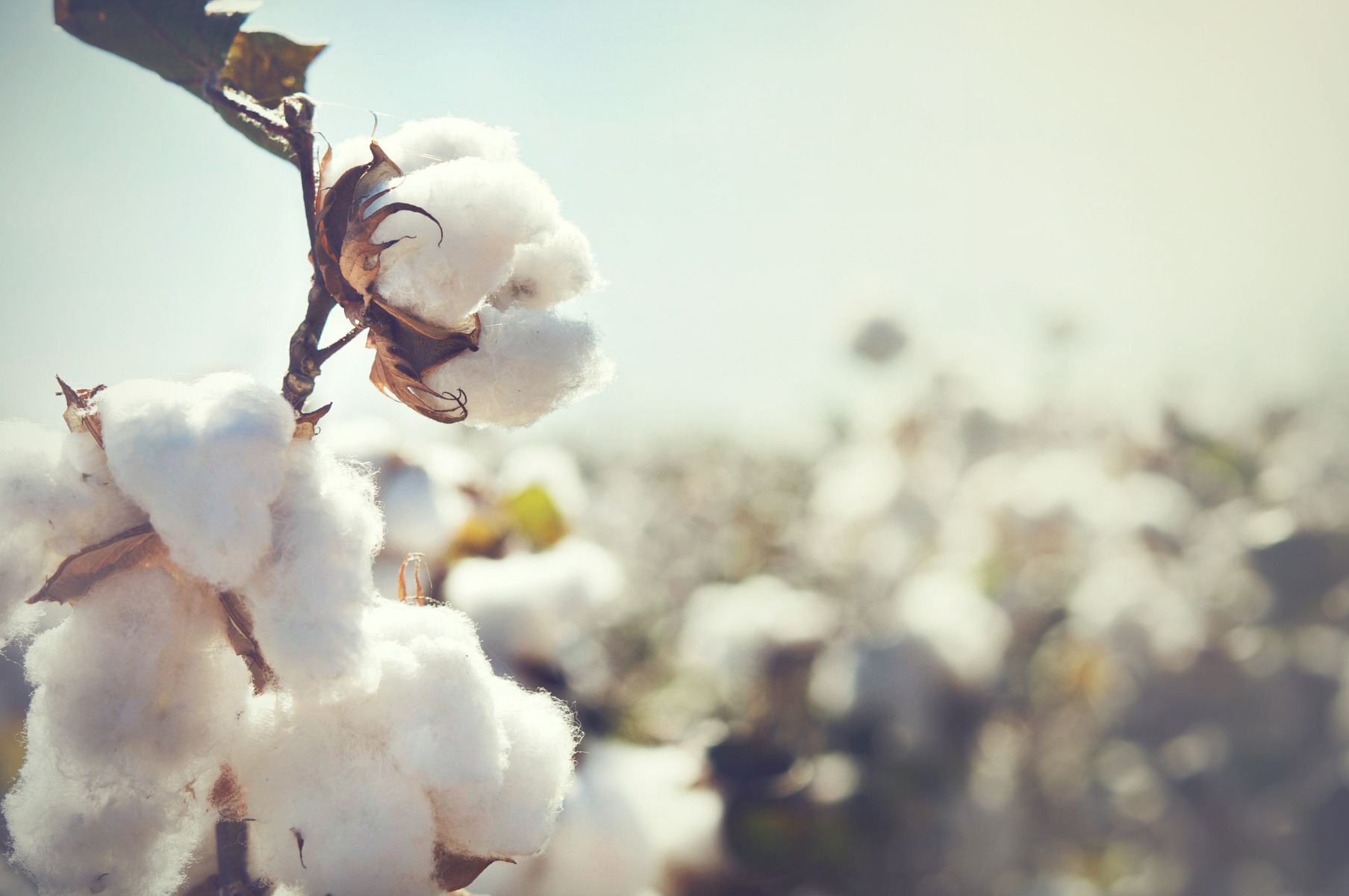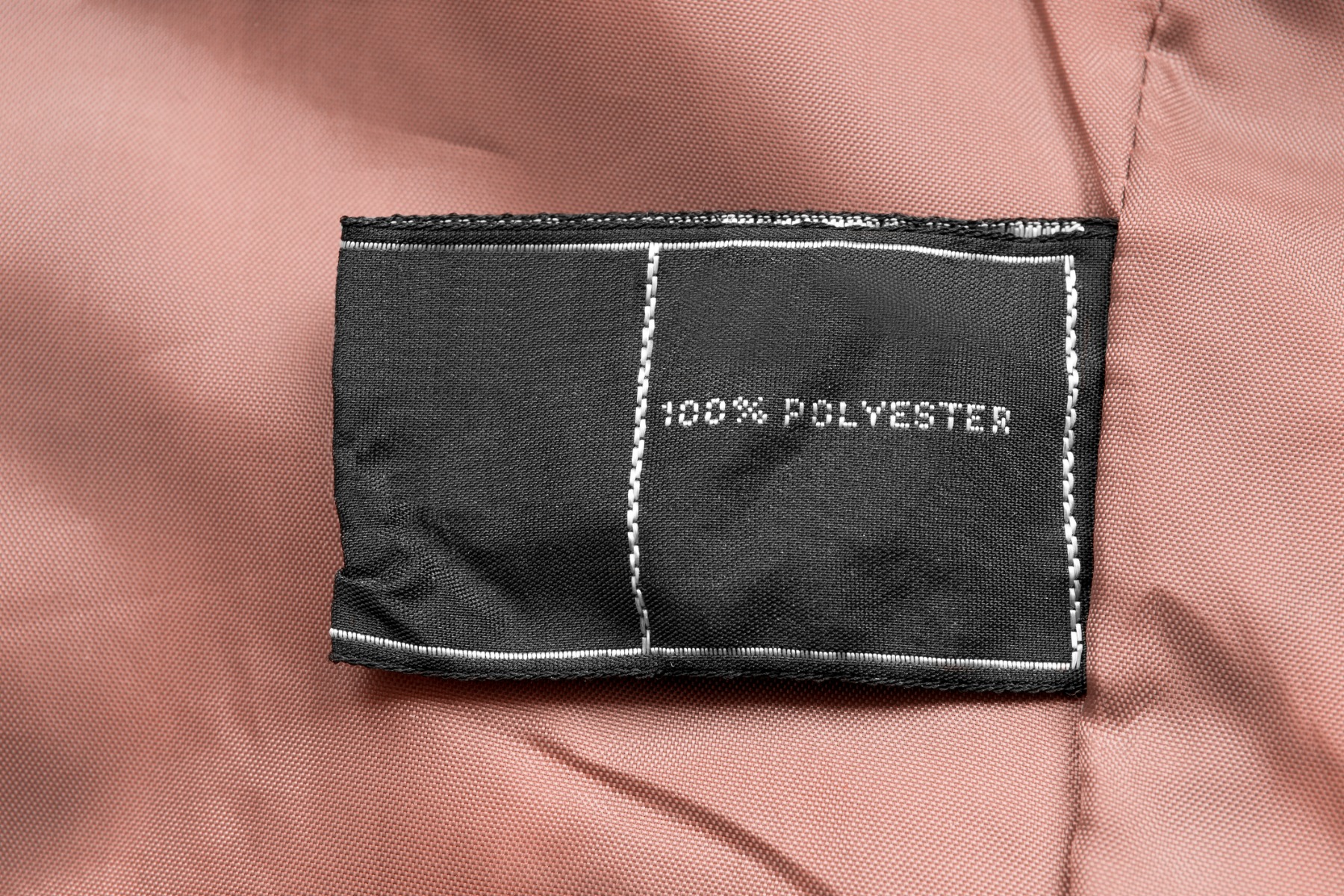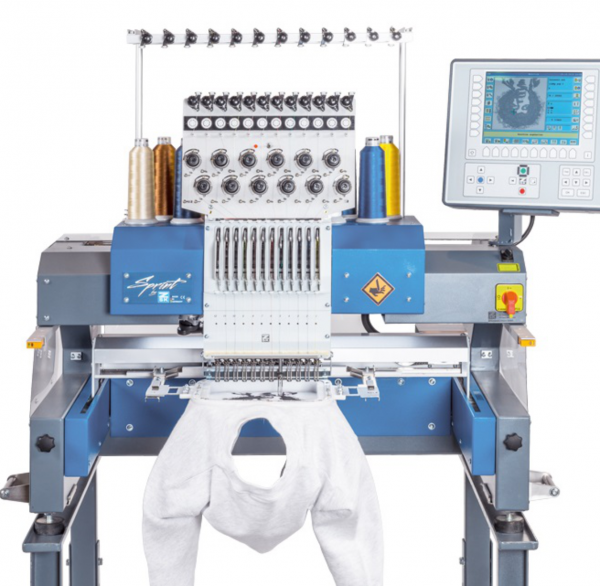Understanding Fabric: T-Shirts | Embroidery Machinery
We all have a t-shirt in our wardrobe somewhere – with jeans they suggest a casual look, but a pair of nice trousers can quickly elevate the look to one of a sophisticated golfer. Outside of the home, t-shirts are also used in the workplace as uniforms in various occupations, from the office to construction sites.
If your company creates or embellishes t-shirts, then you need to understand the material completely if you want to offer them the best products. We can help you to master this material with this blog on tensions, backings and toppings recommended for t-shirts.

What are T-shirts Made From?
<Depending on the audience, t-shirts are generally constructed from 100% cotton, polyester, or a cotton/polyester blend. Cotton is more expensive than polyester, so cotton products are more likely to be aimed at higher-end audiences with more money to spend. The quality and cost of your end-product should inform the design that you embroider onto your t-shirts too, but we’re concentrating on the methods you’ll need to embroider onto t-shirt materials successfully, rather than your design inspiration.
Cotton
Cotton is a medium-weight fabric, which means that it is between 150-350 GSM. This is the same category in which you will find sateen, velvet and taffeta. The cotton which is used for t-shirts tends to be on the lighter end of this spectrum, but it can be weaved to be a heavier grade depending on the application.
You will need a moderate tension on your machine (between 3-4) to successfully sew cotton panels together, but you will need to ensure that the upper and lower tensions are perfectly balanced if you want your machine to achieve its best seams. You should always begin adjusting your tension with the upper dial first.
You should test the tension before you start working on your product. You can do this by sewing a straight seam onto a piece of cotton, and if the tension is right, the seam will be flat on the upper and lower sides. If the tension is too tight, you will experience puckers in your fabric. If it’s too loose, then your design will suffer on the edges. If you need more direct help in understanding how to adjust the tension of your machine, please contact our friendly team.
As for backings and toppings, interfacings and stabilisers, you need to consider the amount of stretch in the material you are using. 100% cotton blends feature very little stretch, which means that a tear-away stabiliser is the best bet for your embroidery projects.

Polyester
Polyester is generally created from petroleum and is a synthetic fabric. It is strong and lightweight, but many polyester garments struggle with breathability, which may be something you need to bear in mind during the design phase. On the other hand, polyester resists wrinkling so that it can be the perfect material for a professional’s wardrobe.
Polyester collects static, so it is often blended with cotton to mix their best qualities and reduce their flaws. Due to its lightweight nature, you may need to work with a shorter stitch length to protect against puckering in your material.
You may also find that failing to keep your machine properly maintained can lead to issues which you might misdiagnose as a tension problem — schedule regular maintenance of your machine to minimise problems occuring in your products.
If you’re going to be running your polyester product through one of our embroidery machines, then you’ll need to ensure that you are using the correct backings and toppings. Much like cotton, polyester responds best to the tearaway stabiliser.

Cotton/Polyester Blends
Cotton/Polyester blends share many of the qualities of their parent fabrics, such as the fact that they are lightweight materials, requiring a moderate tension on your machine and fairly short stitches. You might expect that because both cotton and polyester on their own both respond best to tearaway stabilisers, so would a cotton and polyester blend – and you would be right.

T-shirts apply to a wide audience, but the market is also inundated with suppliers so you need to ensure that your t-shirts are the best they possibly can be. You can help yourself achieve the best t-shirts on the market by upgrading your industrial embroidery machinery with us – we can supply you with new or used products and can even part-exchange your old machinery.
